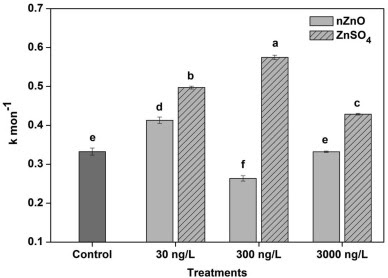Antibiotic-resistant bacteria are a rising threat to public health worldwide. Chlorination is a method of disinfection that has been widely used to inactivate bacteria and pathogens in wastewater treatment plants; however, the disinfection process can damage antibiotic-resistant bacteria and result in the release of antibiotic-resistant genes into the water that would be readily available for uptake by other bacteria through their cellular membrane. In a study by Zhang and colleagues (2021), they used plasmid-encoded antibiotic-resistant genes and a recipient bacteria in three different transformation systems to determine whether chlorination influenced the spread of antibiotic-resistant genes in conditions mimicking drinking water and the effluent of wastewater treatments. After verifying the recipient bacteria took up the plasmid and showed signs of resistance to two antibiotics, ampicillin and tetracycline, the results revealed that at relevant concentrations, chlorine-based disinfection can promote the natural transformation of antibiotic-resistant genes among bacteria found in water. This could be attributed to the fact that disinfection induces a series of cell responses and bacterial membrane damage that enhance the bacteria's uptake of antibiotic-resistant genes. The findings of this study give scientists a better understanding of the role of disinfectants and their relation to the dispersal of antibiotic resistance in bacteria. With the knowledge gained, better management of disinfection practices in water systems can be strategized and applied to protect the health of humans and future generations.
Original article:
Zhang S, Wang Y, Lu J, Yu Z, Song H, Bond PL, Guo J. 2021. Chlorine disinfection facilitates natural transformation through ROS-mediated oxidative stress. The ISME Journal 15:2969-2985.

















